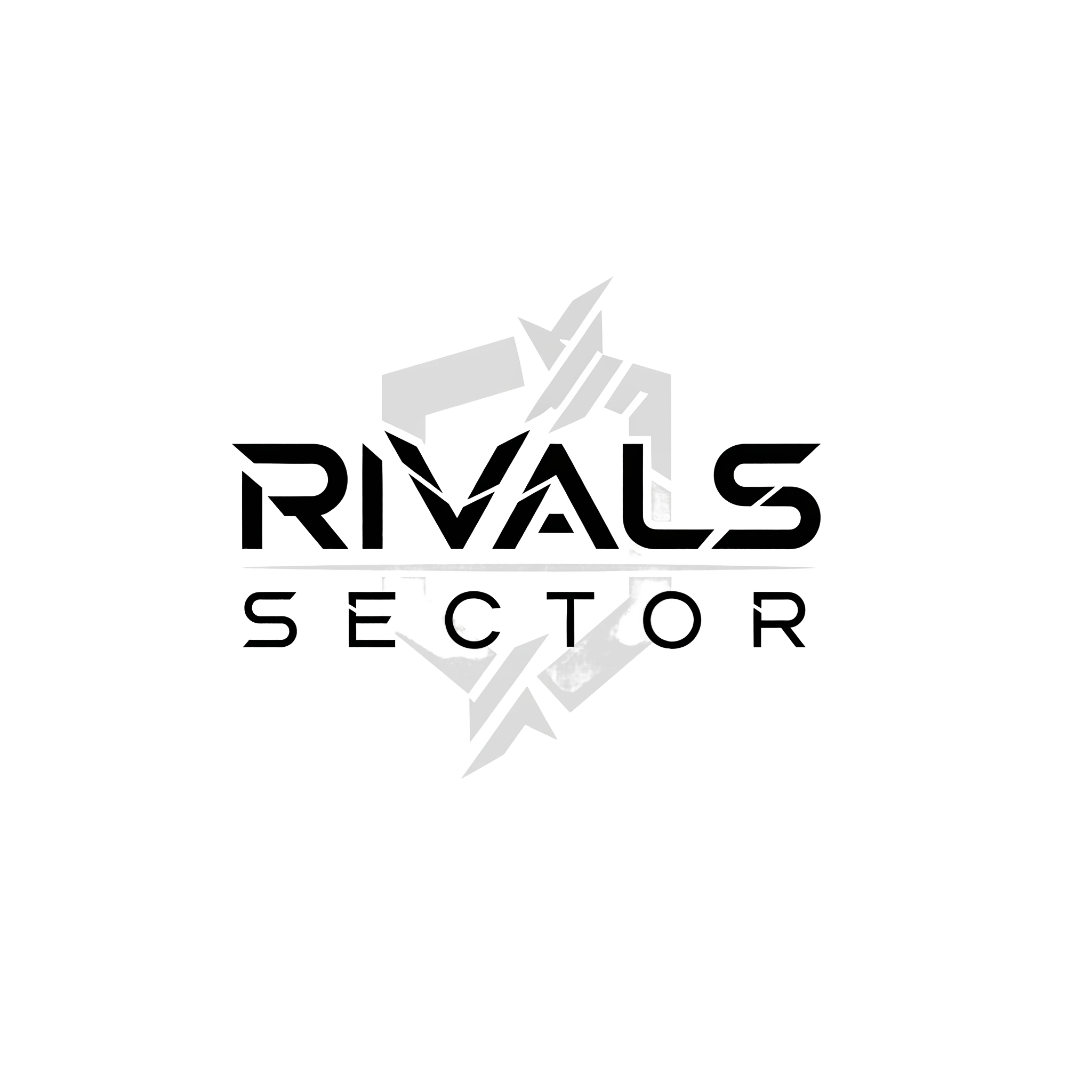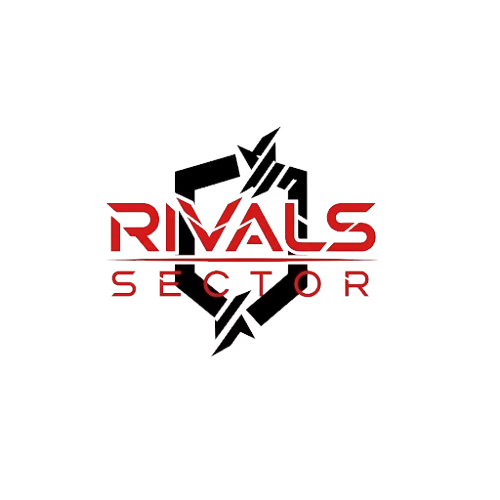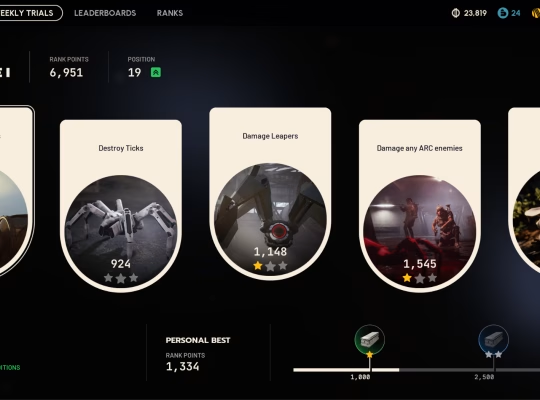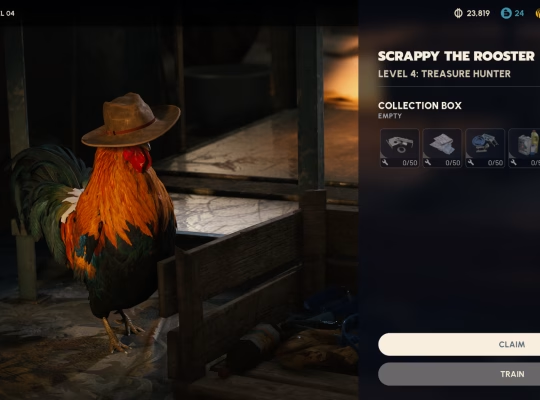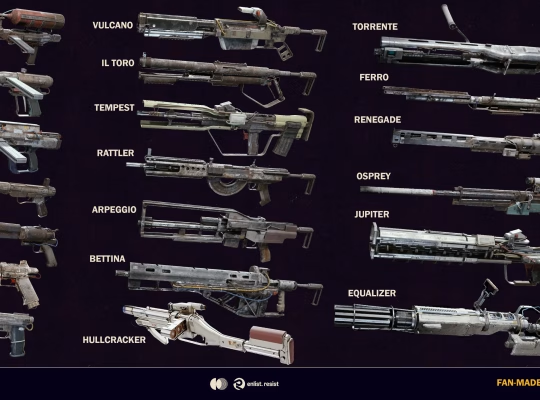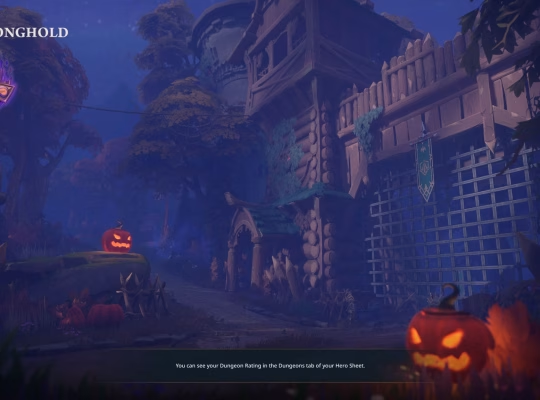Hey Raiders, Elias here from Rivalsector.com. Let’s be real, diving into the world of ARC Raiders for the first time is a brutal, beautiful experience. My first ten raids on the surface? They ended with me as a pile of scrap metal, picked apart by ARC machines I didn’t understand. But this game isn’t just about good aim, it’s a game of systems. Deep, interconnected, and honestly, a little overwhelming at first.
I’ve spent countless hours digging into the machinery that makes this game tick, from the deep skill trees to the complex crafting economy and the game-changing Expedition Project. It’s a lot to take in.
That’s why I’m writing this. This is your new headquarters, your central hub for understanding the core pillars that will take you from fresh meat to veteran Raider. I’m breaking down the three biggest systems in the game: your character’s Progression, your hideout’s Workshop, and your long-term legacy, the Expedition Project.
For each system, I’ll give you the high-level breakdown you need to know right now, and then I’ll point you straight to our deep-dive guides for the granular, nitty-gritty details. Let’s get started.

Forging Your Raider: Character Progression and Skills
Your gear will get you killed, but your skills will bring you home. ARC Raiders features a robust progression system that is completely separate from the gear you find. Leveling up your Raider grants you skill points, which you invest in a branching skill tree. This tree defines your playstyle, turning your generic character into a specialized survivalist.
This is where you decide: are you a tanky, frontline brawler? A ghost who slips in and out unseen? Or a lightning-fast looter who prioritizes speed? Your choices here matter, permanently shaping how you approach every single raid.
Character Progression and the Skill Tree
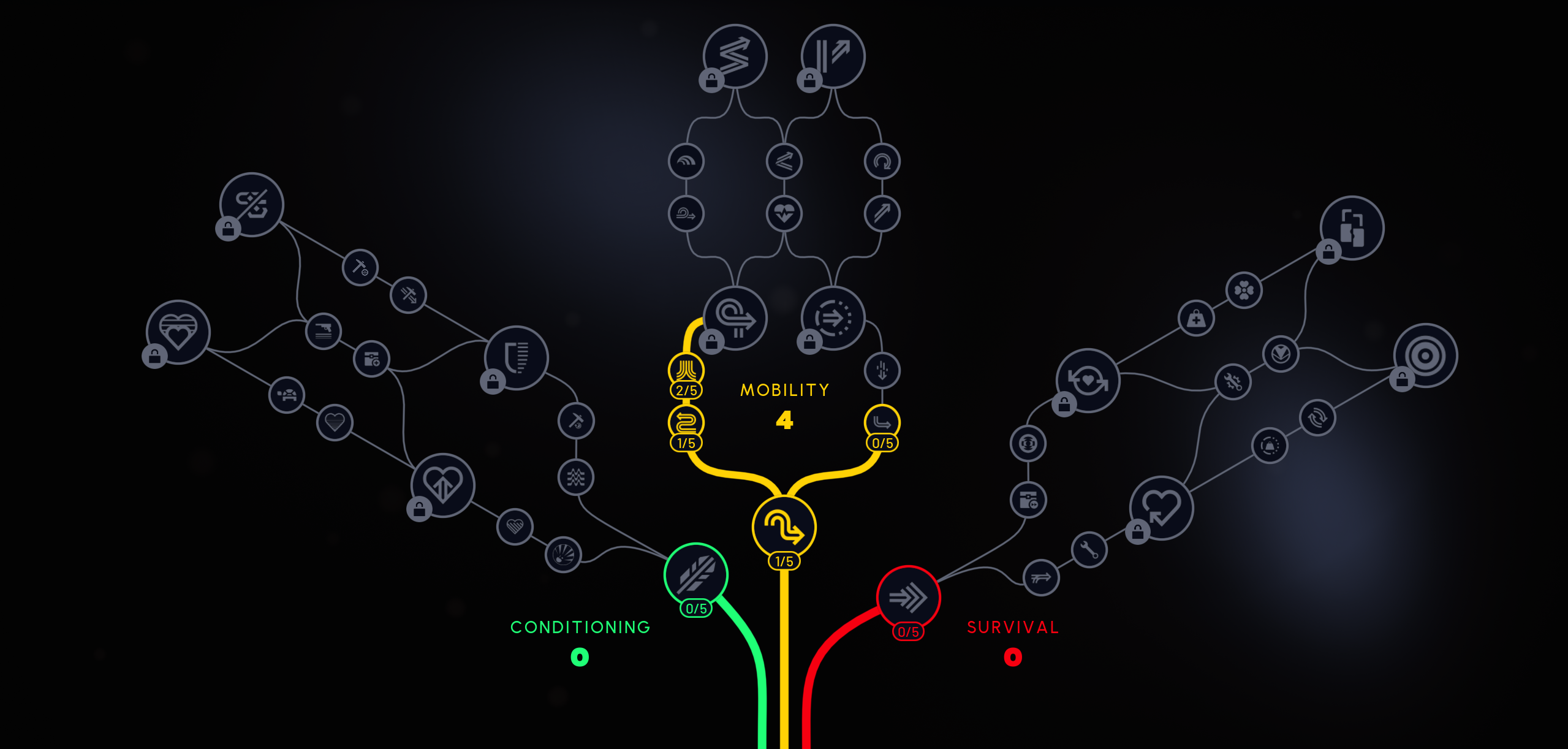
The skill tree is broken into three main branches, each focusing on a distinct aspect of survival.
- Conditioning: This is your “tank” and “survivability” tree. Skills here focus on increasing your stamina, improving your health regeneration, and making you more resistant to damage.
- Mobility: This is for the “get in, get out” player. These skills are all about movement, from faster sprinting and climbing to quieter traversal and better fall damage reduction.
- Survival: This is the “scavenger” and “stealth” tree. If you love looting and staying off the radar, you’ll invest here for skills that improve your looting speed, increase resource yields, and help you hide from ARC patrols.
You earn experience points (XP) for almost everything you do successfully on the surface. To earn skill points, you need to level up, and to level up, you need XP. The best players know how to maximize their XP gain every single run. The primary sources are:
- Surviving for long durations in a raid
- Looting containers, stashes, and bodies
- Killing ARC machines
- Killing other players (the ultimate risk versus reward)
- Completing quests for the traders back in the hub
- Taking on high-risk, high-reward Trials scattered across the map
Building your character is a huge part of the long-term journey. For a forensic analysis of every single node and some killer build ideas, check out our master guide: “ARC Raiders Skill Tree Guide: Every Skill Explained.”
And if you want to hit max level before your friends, you need to be efficient. I’ve mapped out the most effective farming routes and strategies in our specialized guide: “How to Level Up Fast in ARC Raiders.”
The Scavenger’s Economy: The Workshop, Crafting, and Scrappy
If progression is your Raider’s soul, the Workshop is its heart. ARC Raiders has a deep, rewarding crafting system that serves as the engine for your power creep. This isn’t just about finding a better gun. It’s about finding scrap, hauling it out, and using it to build a better gun, better armor, and better tools.
This is the core loop that will keep you coming back. A “bad” run where you just escape with a backpack full of metal and rubber is still a win because that junk fuels your next upgrade. Mastering this system is the key to self-sufficiency.
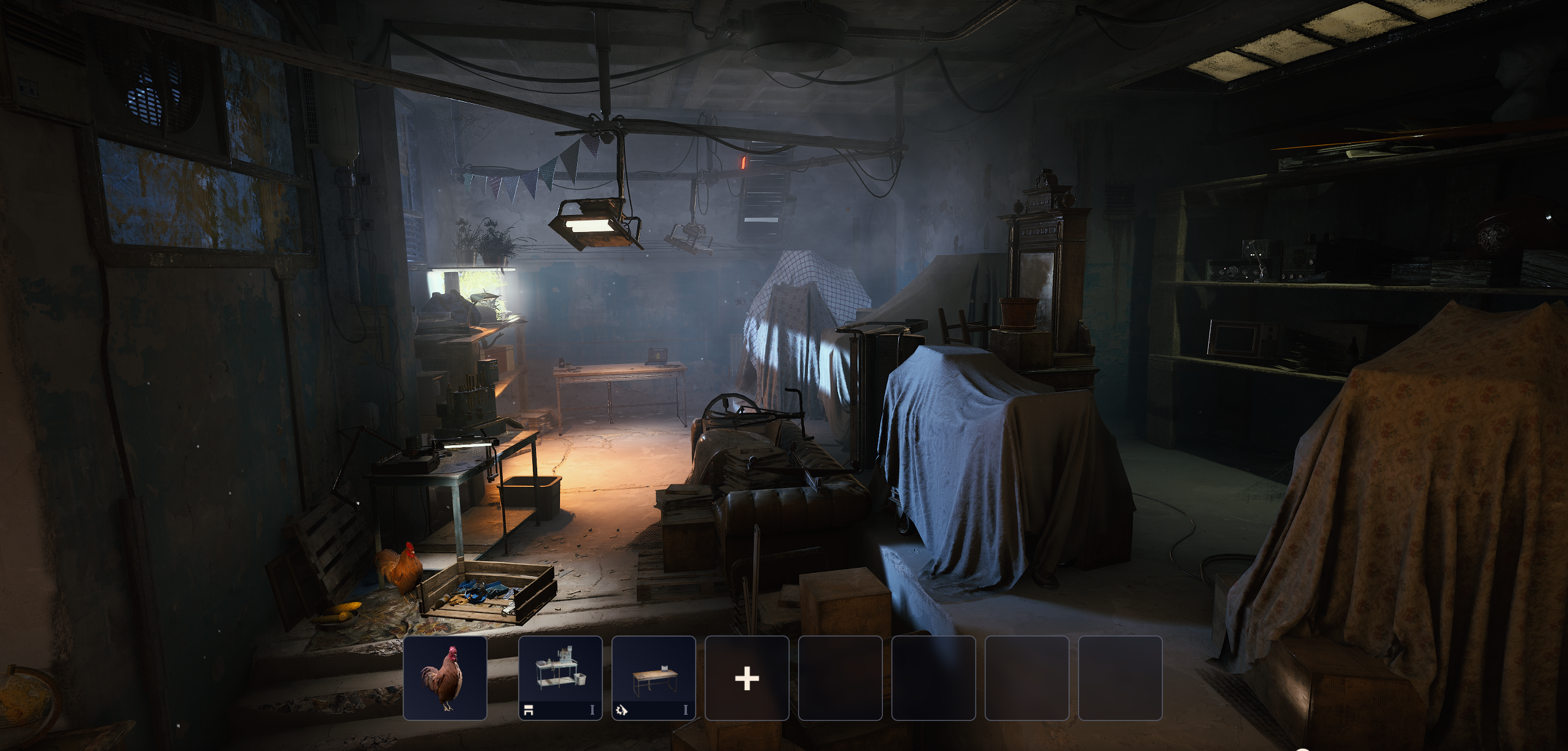
The Workshop, Crafting, and Scrappy
Your Workshop in the hub is your personal tech tree. It’s divided into several key workbenches, each responsible for a different category of gear. To craft better items, you first need to upgrade the bench itself, which costs a hefty amount of raw materials.
Here’s a quick breakdown of the different workbenches and what they do:
| Workbench | Primary Function |
| Weapon | Crafting, modifying, and upgrading your firearms. This is your go-to for better scopes, bigger mags, and more powerful receivers. |
| Equipment | Building your defensive gear. This includes armor, helmets, and backpacks with more storage. |
| Med Station | Your personal pharmacy. This is where you craft healing supplies, combat stims, and antidotes. |
| Explosives | For everyone who likes to make a “boom”. This bench lets you craft grenades, breach charges, and other explosive tools. |
| Utility | The gadget-maker’s paradise. Craft lockpicks, repair tools, specialized scanners, and other tactical gear here. |
| Refiner | This bench is crucial. It allows you to break down common junk items into valuable raw materials like Metal, Rubber, and ARC Parts. |
Keeping track of what materials you need for which upgrade is a massive spreadsheet-worthy task. Lucky for you, I did the work already. We’re tracking every recipe and upgrade cost in our living document: “The Complete Crafting Guide: All Workbench Upgrades and Recipes.”
But wait, there’s more. Let’s talk about the rooster. Yes, the rooster. Scrappy is your passive material-generating chicken, and he’s one of the most unique progression systems I’ve seen. While you’re out on raids, Scrappy is back at the hub, foraging for resources for you. When you come back, he’ll have a small pile of materials waiting.
You can, and absolutely should, upgrade him. This is a non-obvious mechanic. You’ll find items in the world like a “dog collar” or a “torn blanket.” These aren’t just junk, they are Scrappy’s upgrade materials. Giving them to him will increase the quantity and quality of the items he finds. Don’t neglect your rooster. We’ve got the full upgrade path and all his hidden mechanics in our dedicated guide: “Scrappy Guide: How to Upgrade Your Loot-Gathering Rooster.”
Of course, all this crafting needs fuel. You need a ton of Metal, Rubber, and rare ARC Parts to get anything done. Running around aimlessly is not an efficient way to farm. You need routes. You need to know which points of interest (POIs) have the highest density of mechanical components or rare alloys. I’ve mapped them out for you. Save time and find the good stuff with our guide: “Resource Farming Guide: The Best Locations for Metal, Rubber, and ARC Parts.”
The End is the Beginning: The Expedition Project and Wipes
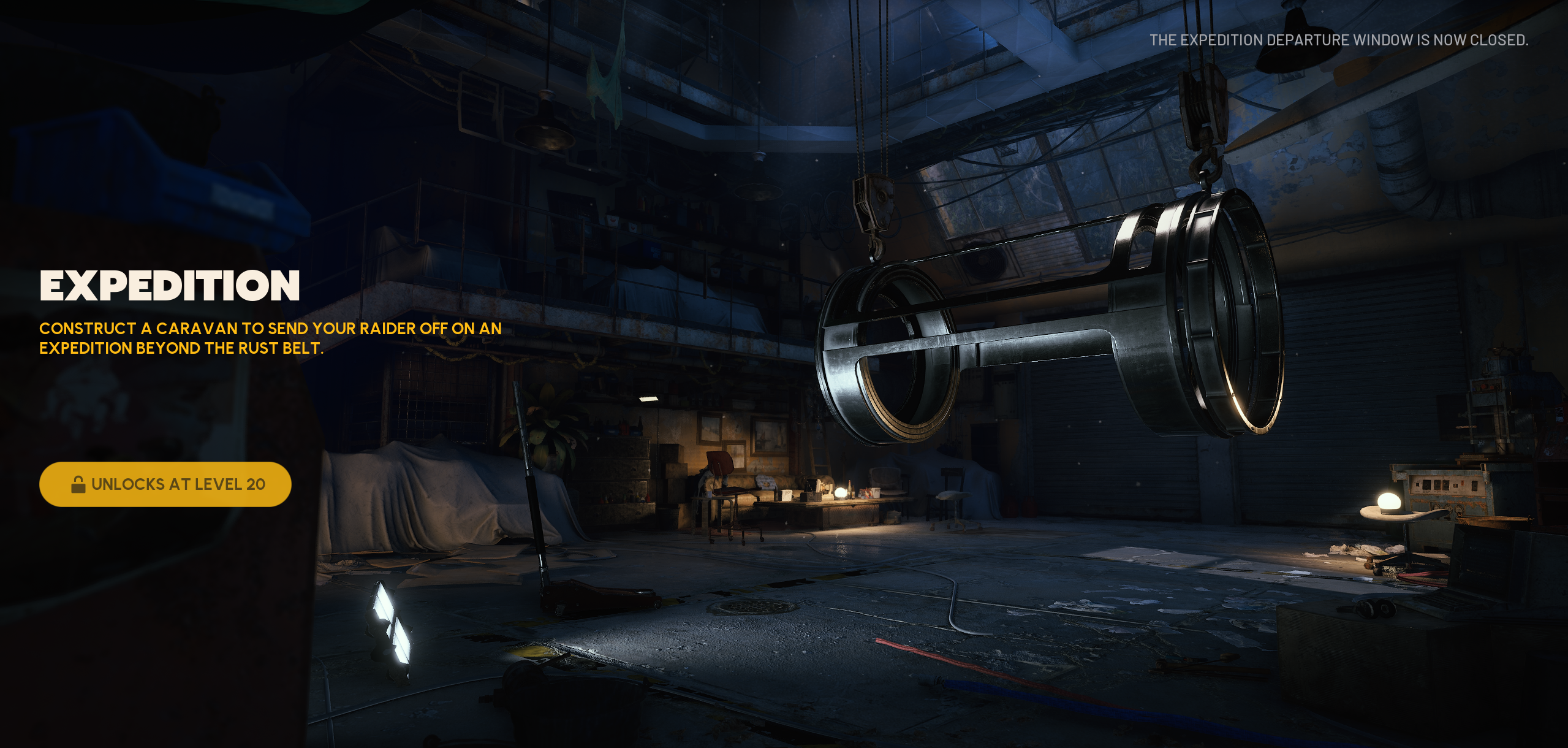
Finally, let’s tackle the elephant in the room: the wipe. In most extraction shooters, this is a dreaded, mandatory event where the developers delete all your progress to level the playing field. It’s effective, but it can feel bad.
Embark Studios looked at that model and didn’t just copy the homework. They rewrote the test. ARC Raiders does not have forced wipes. Instead, it has the “Expedition Project”.
The Expedition Project: Wipes Reimagined
The Expedition Project is a voluntary, seasonal prestige system. This is, in my opinion, a genius move.
Here’s how it works:
Once you hit Level 20, you unlock the ability to participate in the Expedition Project. This is an 8-week-long cycle. At the end of the 8-week cycle, a one-week reset window opens. For the game’s first-ever cycle, this window is December 15-21, 2025.
During this window, you get a choice. You can choose to reset your character-specific progress.
- What you KEEP: All your earned cosmetics, achievements, and any permanent meta-rewards you’ve unlocked.
- What you LOSE: Your character level, all your skills, your inventory and stash, and all your Workshop crafting-station progress.
It’s a hard reset, sending you right back to Level 1 with nothing but your wits. For the complete, anxiety-reducing breakdown of what stays and what goes, make sure you read our definitive guide: “ARC Raiders Wipes Explained: How the Expedition Project Works.”
So, why would anyone ever do this? Rewards. Glorious rewards.
Completing an Expedition (opting into the reset) grants you exclusive, permanent account unlocks. These include unique cosmetic sets you can’t get anywhere else, as well as powerful, temporary account-wide “buffs” that apply to your next 8-week cycle. Maybe it’s an XP boost, or a crafting cost reduction. The incentives are designed to be powerful.
This creates a fascinating cost-benefit analysis for every player. Is the gear you’ve hoarded more valuable than the exclusive cosmetic and powerful buff you’d get for starting over? To help you decide, we broke down the math and the value proposition in our companion piece: “Is Resetting Your Progress Worth It? All Expedition Project Rewards.”
As I see it, this system is a game-changer. It solves the biggest problem in extraction shooters: player fragmentation. It respects the time of the casual player who just wants to build their stash and keep their progress forever. Simultaneously, it gives the 10-hour-a-day grinders a new mountain to climb every two months, letting them compete on a fresh leaderboard and earn new rewards. It’s the best of both worlds.
Your Journey Starts Now
Whew. That’s a lot, right? And this is just the overview. ARC Raiders isn’t a shallow shooter, it’s a game of systems. It rewards planning, knowledge, and preparation just as much as it rewards a quick trigger finger.
From leveling your skills to build a custom playstyle, to building your arsenal in the Workshop, to planning your long-term legacy with the Expedition Project, every choice matters.
These systems are the core of the game, and we’ll be diving even deeper into these mechanics and more in our Gaming Insights category right here on Rivalsector.com. This pillar page is your home base, so bookmark it, and use the links to our deep-dive guides to master every facet of the game.
Until then, drop a comment below. What’s your take on the voluntary wipe system? Is it the future of extraction shooters, or are you holding onto your gear forever?
Stay sharp out there, Raiders.
